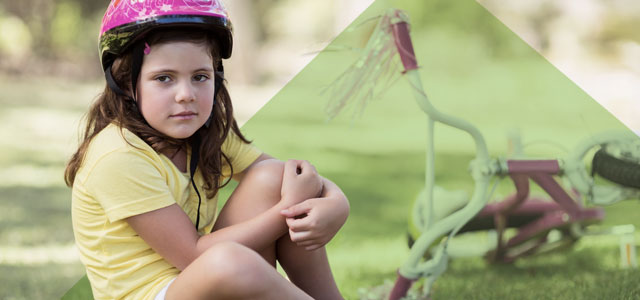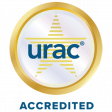
Common Childhood Illnesses and Injuries: What Parents Need to Know
As a parent, it is normal to worry when your child is sick or hurt. Many sicknesses and injuries are mild and can be treated at home. But it is important to know when something might be more serious. This article will help you understand some common childhood sicknesses, how to treat them at home, and when to call a doctor.
1. Common Colds
Symptoms:
- Runny or stuffy nose
- Coughing
- Sore throat
- Mild fever
- Sneezing
Home Remedies:
- Give your child a lot of fluids (water, juice, soup) to stay hydrated.
- Use a cool-mist humidifier to help with stuffy noses.
- Rest is key! Have your child take naps or have quiet time.
When to Seek Medical Attention:
- If your child has a fever over 100.4°F for more than 3 days
- Trouble breathing or fast breathing
- Symptoms worsening or lasting more than 10 days (without improving)
- If your child becomes more tired or stops eating or drinking
2. Ear Infections
Symptoms:
- Ear pain (especially when lying down)
- Tugging or pulling at the ear
- Trouble hearing
- Fever
- Trouble sleeping
Home Remedies:
- Use a warm cloth on the ear.
- Give over-the-counter pain relievers like ibuprofen (for children over 6 months old) to ease pain and fever.
When to Seek Medical Attention:
- If your child has a fever over 102.2°F
- If fluid or pus is coming from the ear
- If ear pain doesn’t go away after a day or two
- Swelling around or behind your child’s ear
- Neck pain or headaches
- If your child is having a hard time hearing
3. Stomach Bugs (Gastroenteritis)
Symptoms:
- Vomiting
- Diarrhea
- Stomach pain
- Fever (sometimes)
Home Remedies:
- Keep your child hydrated with water or electrolyte drinks (like Pedialyte).
- Offer bland foods like toast, rice, or bananas once vomiting stops.
- Help your child get lots of rest.
When to Seek Medical Attention:
- If your child shows signs of dehydration (dry mouth, no tears, fewer wet diapers)
- Blood in vomit or stool
- Symptoms last more than 5 days or not improving
4. Cuts and Scrapes
What to Do at Home:
- Wash the wound with soap and water.
- Apply an antibiotic ointment to prevent infection.
- Cover with a clean bandage.
When to Seek Medical Attention:
- If the wound is deep and needs stitches
- If you can’t stop the bleeding after 10 minutes
- If the wound shows signs of infection (redness, swelling, or pus)
5. Fevers
What is a Fever?
- A fever is when your child’s temperature is above 100.4°F. Fevers are a sign that the body is fighting an infection.
Home Remedies:
- Give plenty of fluids to keep your child hydrated.
- Dress your child in light clothing and use cool cloths to reduce body heat.
- Over-the-counter medications like acetaminophen or ibuprofen can help lower the fever.
When to Seek Medical Attention:
- If the fever is over 100.4°F for more than 3 days
- If your child seems very tired or hard to wake
- If your child has a rash, trouble breathing, or seizures
When to Call the Doctor
It’s always better to be safe. Call your child’s doctor if you are not sure or if something doesn’t feel right. Remember, trust your gut—if your child’s behavior changes, or if they seem worse than before, reach out for help.
If you need help finding a doctor, visit our Guide to Healthcare Services.
Knowing the symptoms of childhood sicknesses and injuries can help you know when it’s time to see a doctor. By staying calm and knowing what to do, you can help your child feel better and get the care they need.
Resources:
American Academy of Pediatrics (AAP)
- Website: healthychildren.org
Centers for Disease Control and Prevention (CDC)
- Website: cdc.gov/childrenshealth
Mayo Clinic
- Website: mayoclinic.org
KidsHealth
- Website: kidshealth.org






